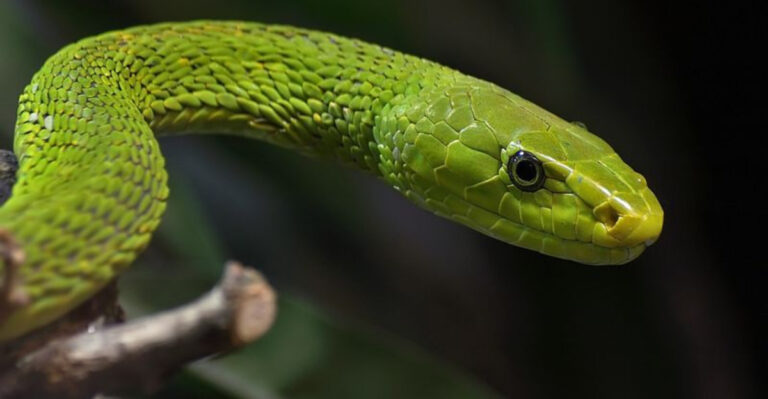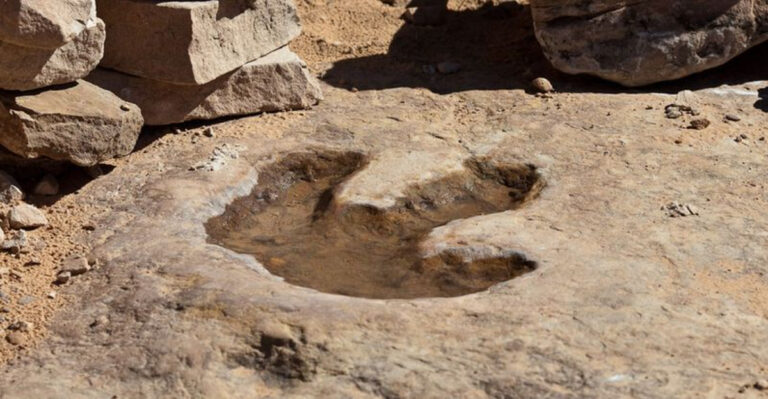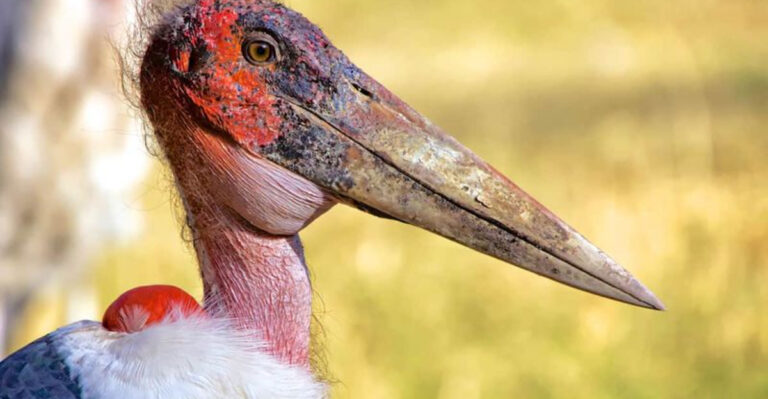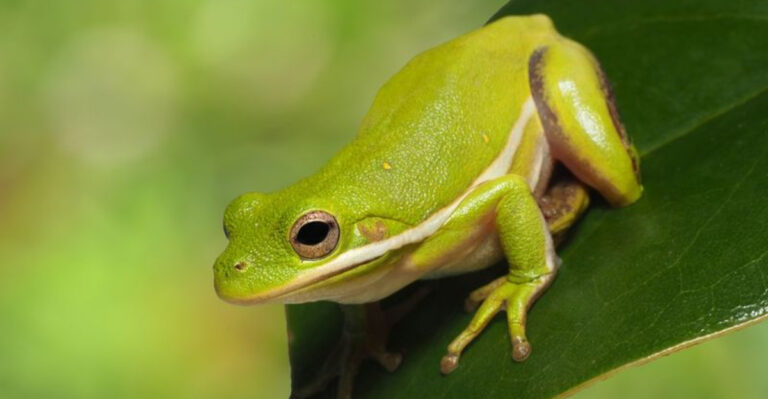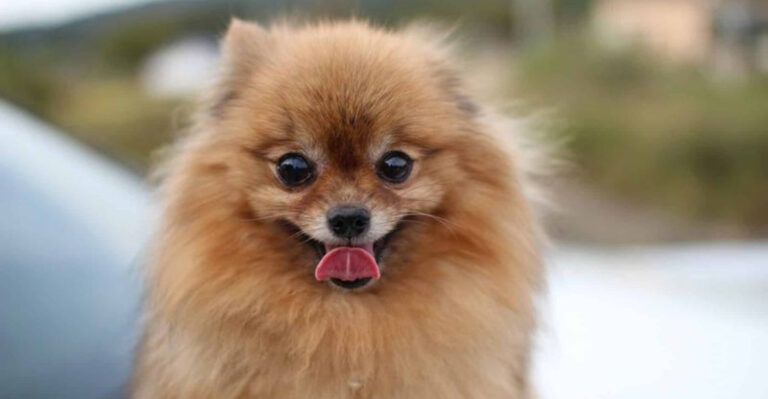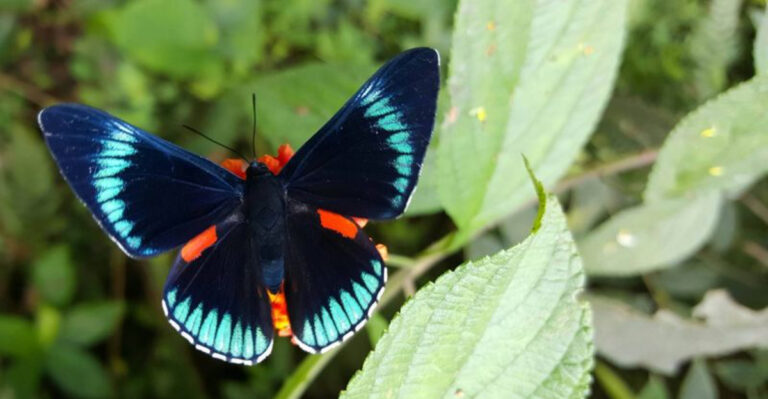National Wild Koala Day: Things You Didn’t Know About Baby Koalas
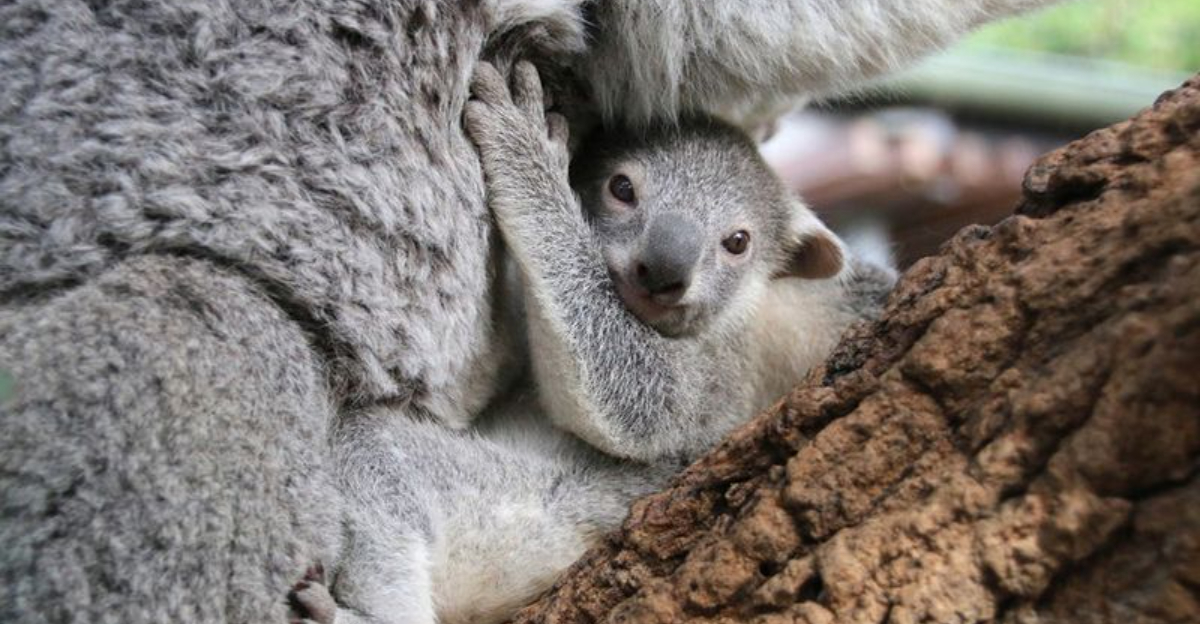
Ever wondered what those tiny fuzzy bundles in a koala’s pouch are actually up to? Baby koalas, or joeys, are some of the most fascinating critters in Australia’s eucalyptus forests.
While their sleepy-eyed parents get all the attention, these miniature marsupials have some truly mind-blowing secrets that might surprise even the biggest animal lovers.
1. Smaller Than A Jelly Bean At Birth
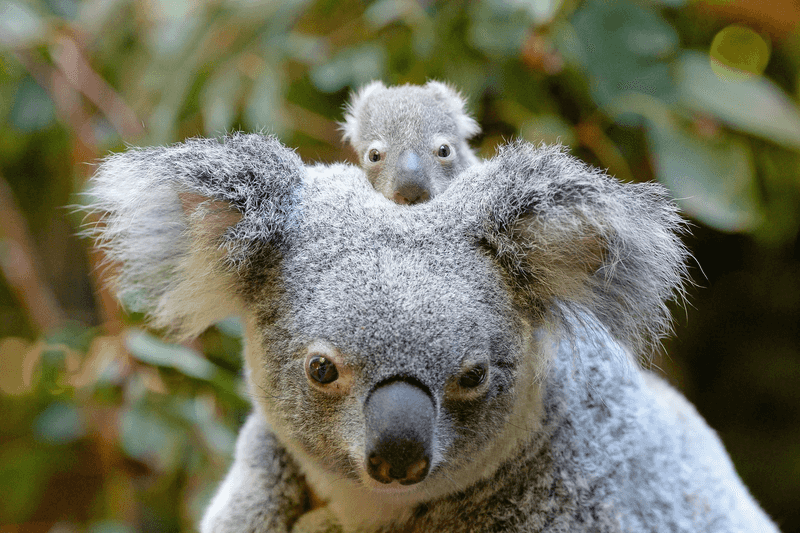
When joeys enter the world, they’re barely the size of a jelly bean – weighing less than 1 gram and measuring about 2 centimeters long! That’s smaller than your pinky fingernail.
These tiny creatures are essentially embryos, born after just 35 days of gestation. Despite their minuscule size, they have enough strength to climb from the birth canal into their mother’s pouch without any assistance.
2. Journey To The Pouch
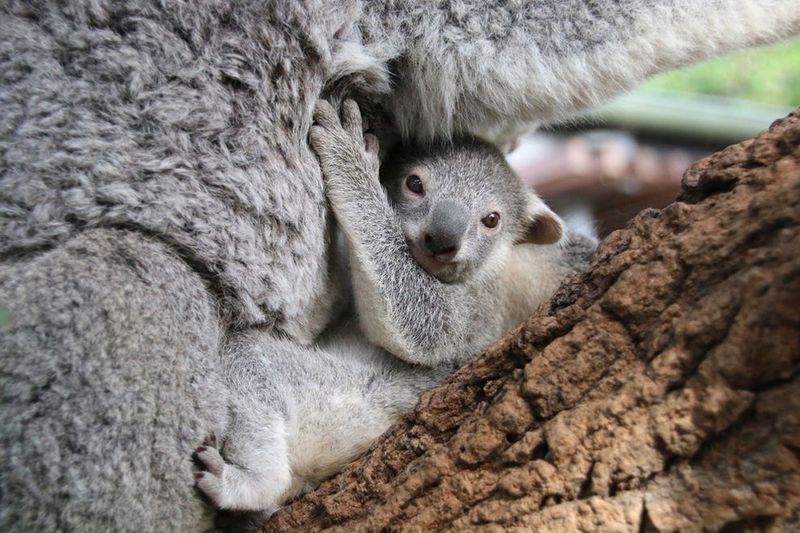
Talk about an adventure! Newborn joeys make an incredible solo climb from the birth canal to their mother’s pouch. Born without eyes or ears, they navigate purely by smell and touch.
The trek might seem short to us – just a few inches – but for the bean-sized baby, it’s like climbing Mount Everest. This remarkable journey takes about 3 minutes as the tiny joey uses its surprisingly strong front limbs to pull itself along.
3. Six Months Of Milk Only
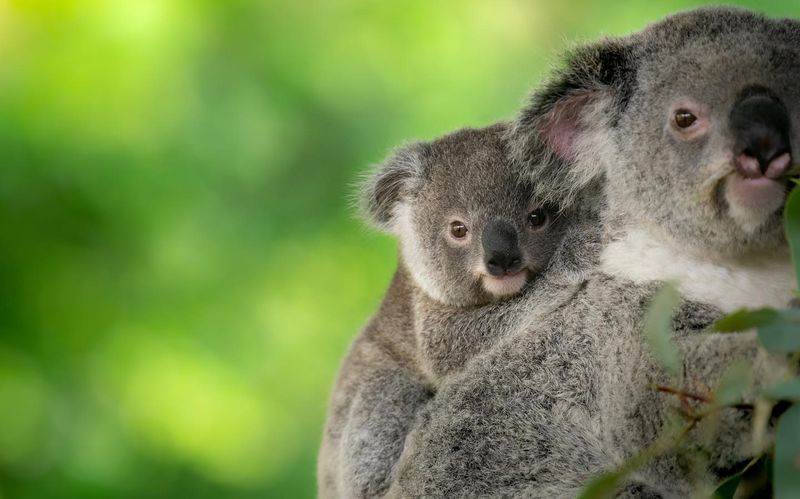
Hungry little fellows! For their first half-year of life, joeys consume nothing but their mother’s milk. But this isn’t just any milk – it changes composition as the joey grows, providing exactly what they need at each development stage.
The most fascinating part? The mother produces two different types of milk simultaneously from different teats – one for the joey in the pouch and another for an older joey that might still be nursing!
4. Pap: The First Solid Food
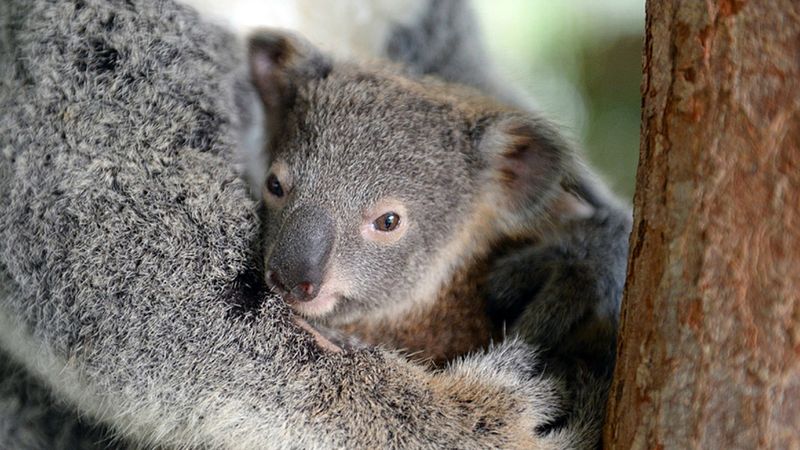
Ready for something truly wild? A baby koala’s first solid meal is actually its mother’s poop! This special fecal matter, called ‘pap,’ isn’t ordinary waste – it’s a specially produced substance loaded with gut bacteria.
By eating this pap, joeys acquire the essential microbes needed to digest toxic eucalyptus leaves. Without this somewhat icky first meal, they’d never be able to process their adult diet. Nature’s way of passing down survival skills is sometimes messy!
5. Backward-Facing Pouch
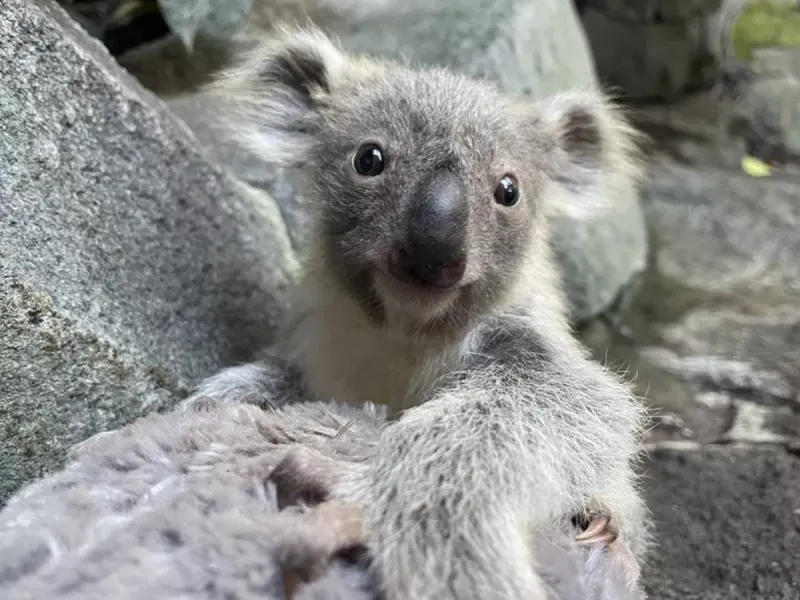
Unlike kangaroos, koala pouches open toward the rear of the body, not upward. This clever design prevents the pouch from filling with dirt when mom digs or climbs trees.
The backward-facing entrance also protects joeys from branches and leaves while mama koala navigates through the eucalyptus forests. Mother koalas have a special sphincter muscle that can tighten the pouch opening, giving extra security to their precious cargo during treetop acrobatics.
6. Born Without Fur
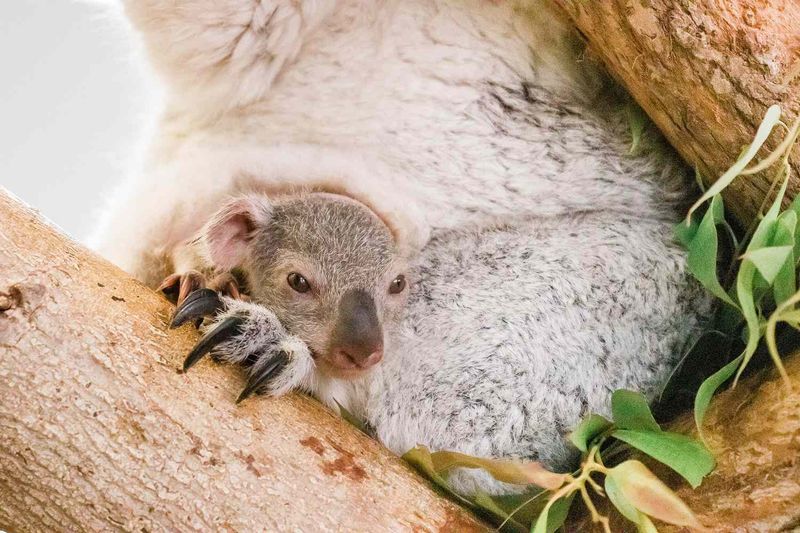
Fresh into the world, joeys look nothing like their fluffy parents. They’re pink, hairless, and have jelly-bean shaped bodies with disproportionately large heads and developing limbs.
Fur starts growing around 4 months of age, with the face and back developing their soft covering first. By 6 months, they’re finally starting to look like the adorable teddy bears we recognize, though still much smaller and with softer, finer fur than adults.
7. Pouch Life Lasts Six Months
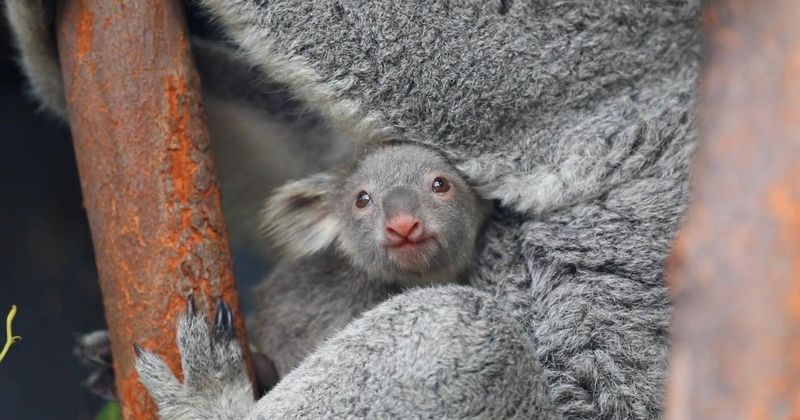
Imagine spending half a year in a cozy pocket! Baby koalas call their mother’s pouch home for approximately six months before even peeking out at the world.
During this time, they grow from jelly-bean sized newborns to furry youngsters weighing about 500 grams. Around month five, they’ll start poking their heads out to see what’s happening. Gradually, they’ll spend more time outside the pouch, though they’ll dart back in when frightened.
8. Piggyback Rides For Months
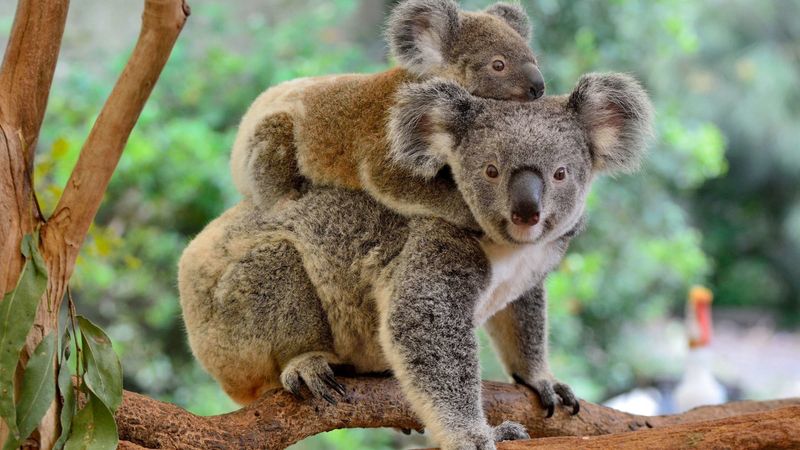
Once they outgrow the pouch, joeys aren’t ready to face the world alone. For another six months, they’ll ride on mom’s back or cling to her belly, learning vital survival skills through observation.
These piggyback rides aren’t just cute – they’re koala kindergarten! While hitching a ride, joeys watch how mom selects leaves, navigates branches, and avoids dangers.
9. Built-In Rain Protection
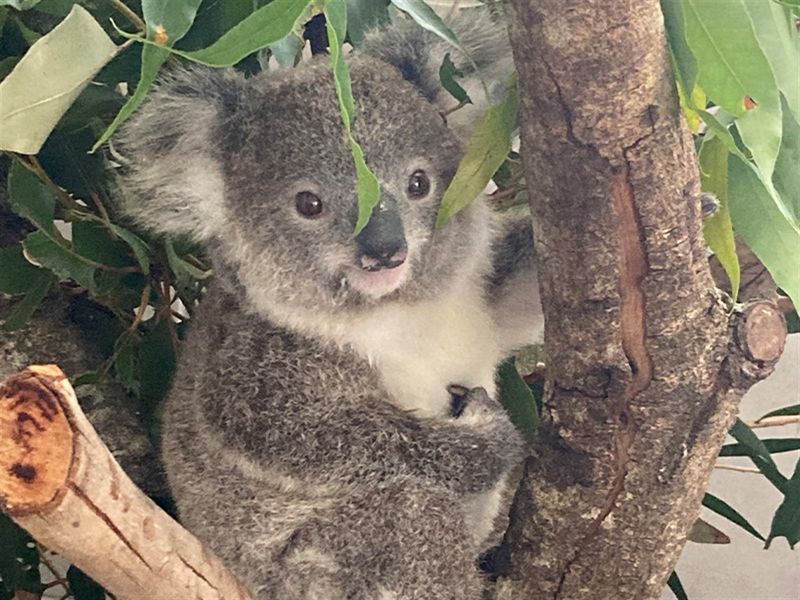
Mother Nature equipped koala joeys with a natural raincoat! The fur of young koalas has special water-repellent properties that are even more effective than adult fur.
This adaptation makes sense since babies spend so much time clinging to their mothers’ backs in the open. Their fur grows in a specific pattern that helps water run off rather than soak in. As they mature and spend more time sheltered in tree forks, this waterproofing gradually diminishes.
10. Developing Unique Fingerprints
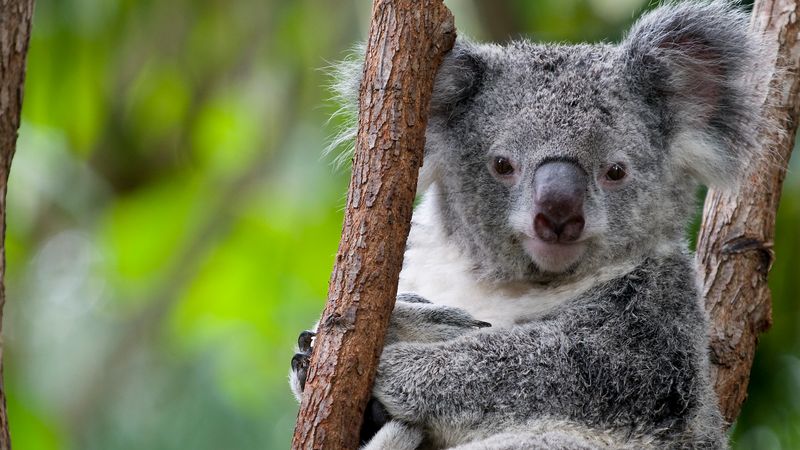
Just like humans, koalas have unique fingerprints that are virtually indistinguishable from ours! These distinctive patterns begin forming while joeys are still in the pouch.
Scientists have found that koala prints have been mistaken for human prints at crime scenes. The ridges and whorls develop as the joey grows, becoming complete around the time they start climbing.
11. Learning To Be Picky Eaters
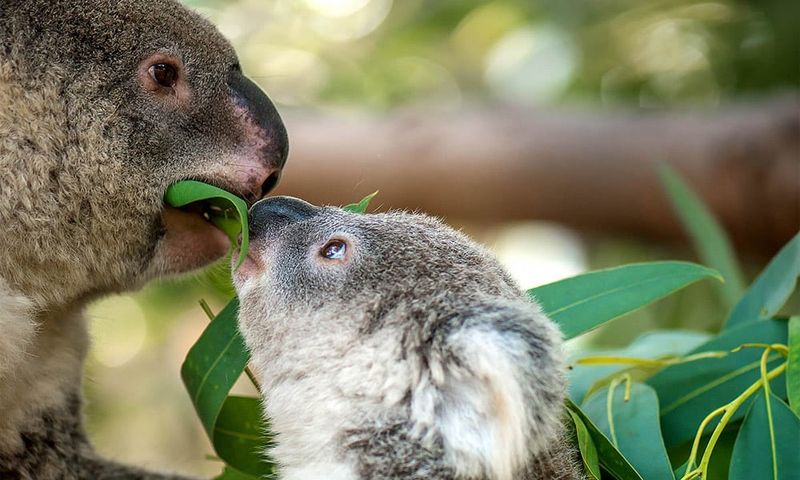
Baby koalas don’t just eat any eucalyptus leaves – they must learn which ones are safe and nutritious. Of Australia’s 700+ eucalyptus species, they only eat about 30!
Joeys learn this vital skill by first eating pre-chewed leaves from their mother’s mouth. This selective eating behavior is partially inherited but also taught, similar to how human parents might guide children toward healthy food choices.
12. Immunity Boost From Pouch Licking
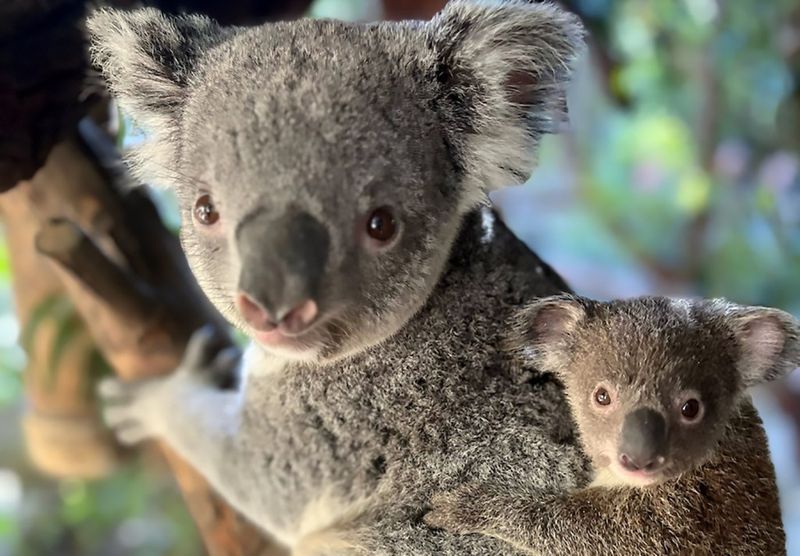
Mother koalas have a unique way of keeping their joeys healthy by regularly licking the inside of their pouches. This act is more than just cleanliness; it transfers beneficial bacteria and antibodies to the pouch.
These microbes create a protective shield against harmful pathogens that could affect the developing joey. This natural probiotic system helps strengthen the baby’s immune system before it encounters the outside world.
13. Special Baby Teeth
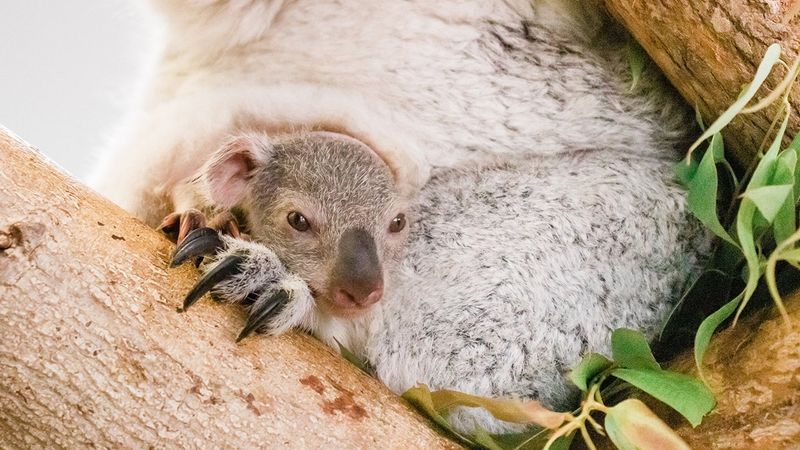
While developing in the pouch, joeys grow a set of specialized milk teeth perfectly designed for their early diet. These teeth are sharper and arranged differently than their adult teeth.
Around 8 months, as they begin sampling eucalyptus leaves, their adult teeth start pushing through. Unlike humans who lose baby teeth all at once, koala joeys transition gradually.
14. They’re Born Without The Koala ‘Nose’
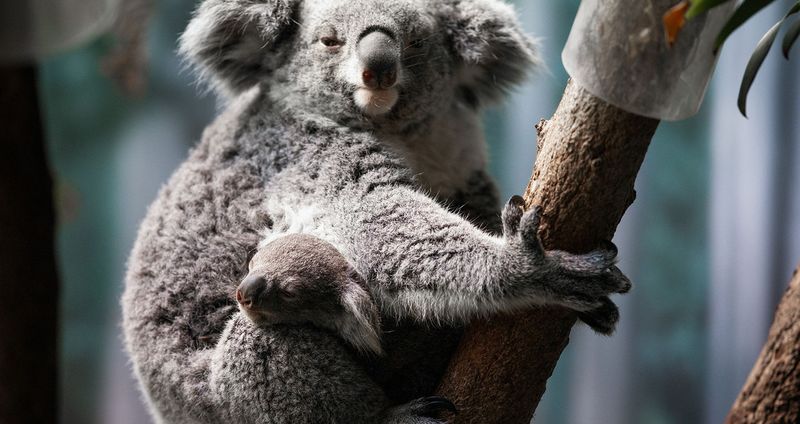
Those distinctive big black noses we associate with koalas? Joeys aren’t born with them! Newborns have tiny pink snouts that gradually develop into the characteristic leathery nose as they mature.
The nose darkens and grows larger around 4-5 months of age. This development coincides with when joeys begin to sample eucalyptus leaves.
15. Naturally Occurring Teddy Bears
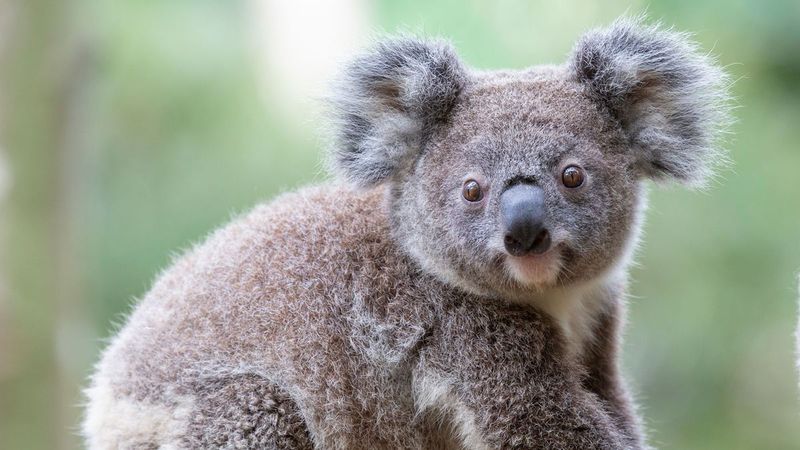
Young koalas have rounder faces, bigger eyes, and fluffier fur, triggering the same “cuteness response” in humans as teddy bears. This resemblance is no coincidence, as original teddy bears were inspired by bear cubs, which share these features with koala joeys.
Evolutionary biologists call this “neoteny,” the retention of baby-like traits into adulthood. For koalas, this endearing appearance helps keep mothers bonded to their high-maintenance offspring during their long rearing period.

